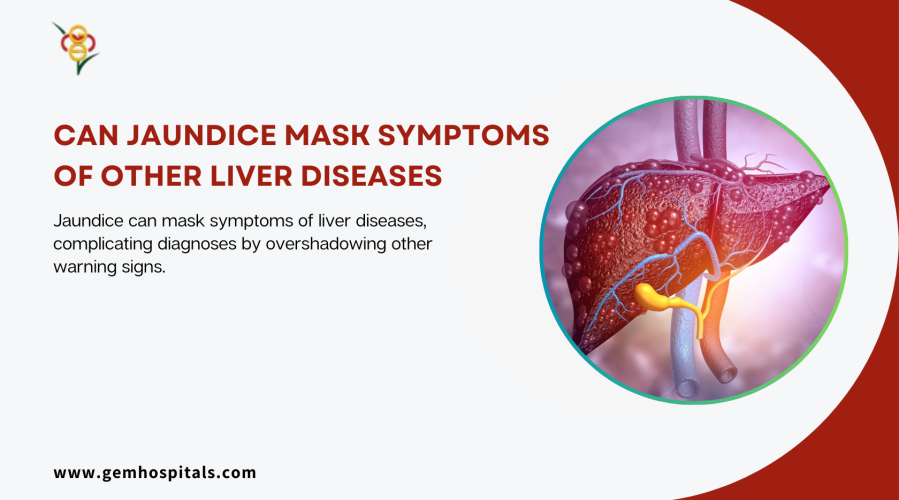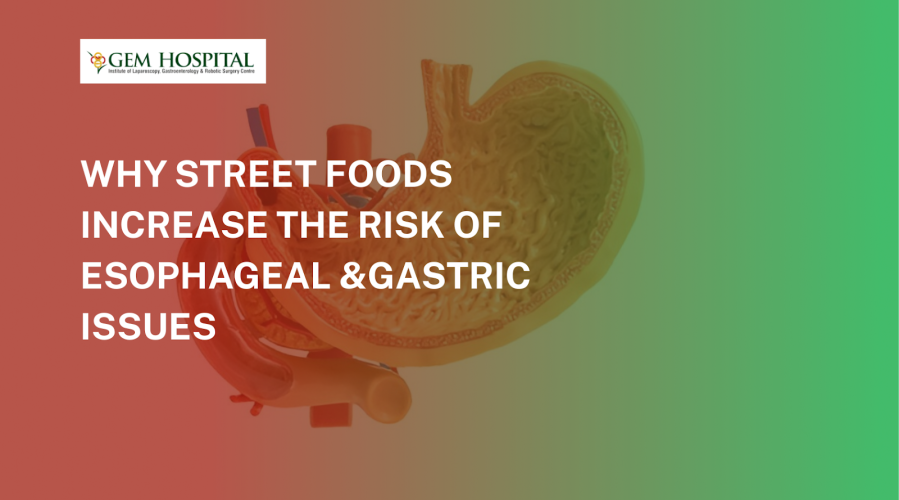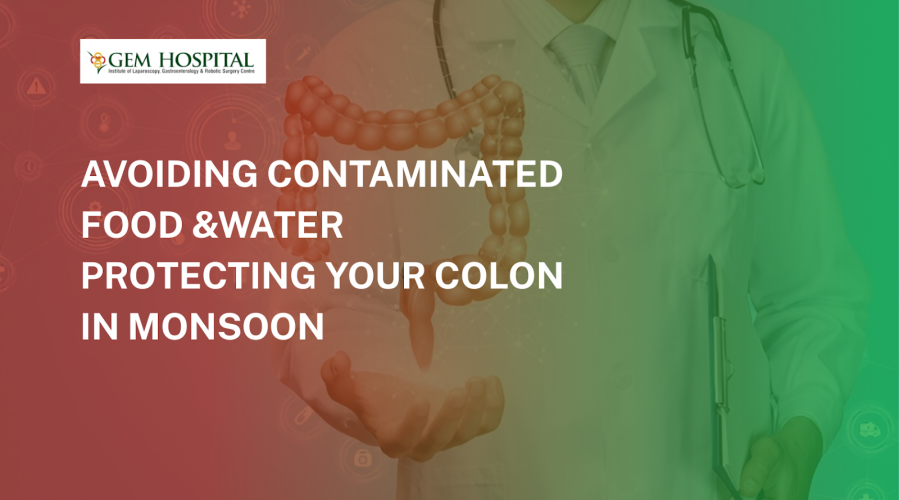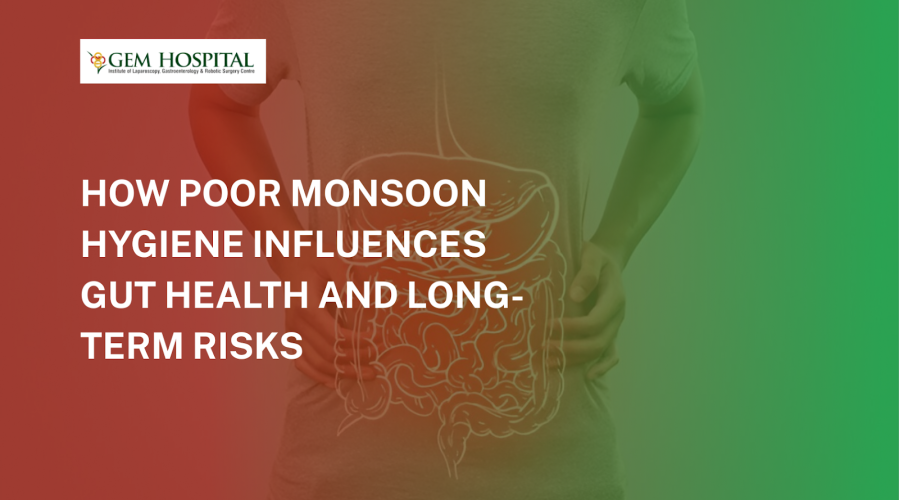Learn why street foods can increase the risk of esophageal and gastric issues. Understand contamination, hygiene lapses, and safety tips to protect your digestive health.
Can Jaundice Mask Symptoms of Other Liver Diseases?

Liver diseases are complex and in most cases are difficult to diagnose particularly where there is jaundice. Some liver diseases may be masked by jaundice, a condition where the skin and the eyes turn yellow due to high bilirubin levels. Knowing the way jaundice interferes with the diagnosis and learning about the difficulties associated with it will assist the patients in preventing the worsening of liver issues. In this article, we will discuss jaundice in detail, the liver diseases that are most prevalent, and how jaundice can sometimes hide other problems, making diagnosis and treatment challenging.
Understanding Jaundice and Its Symptoms
Jaundice is a condition in which bilirubin, a yellow pigment, accumulates in the body because of the increased destruction of red blood cells. In routine conditions, the liver breaks down bilirubin and expels it from the body through the bile. However, if the liver cannot metabolize bilirubin or is damaged in any way, then bilirubin accumulates in the blood to cause jaundice. These deposits cause the skin and the whites of the eyes to have a yellowish hue – the most obvious sign of jaundice.
Other common symptoms of jaundice include:
Blogs & Article
Learn how to protect your colon during the monsoon by avoiding contaminated food and water. Get essential hygiene, diet, and safety tips to prevent infections.
Discover how poor monsoon hygiene increases gut infections, weakens digestion, and leads to long-term health risks. Learn prevention tips for a healthier monsoon.


